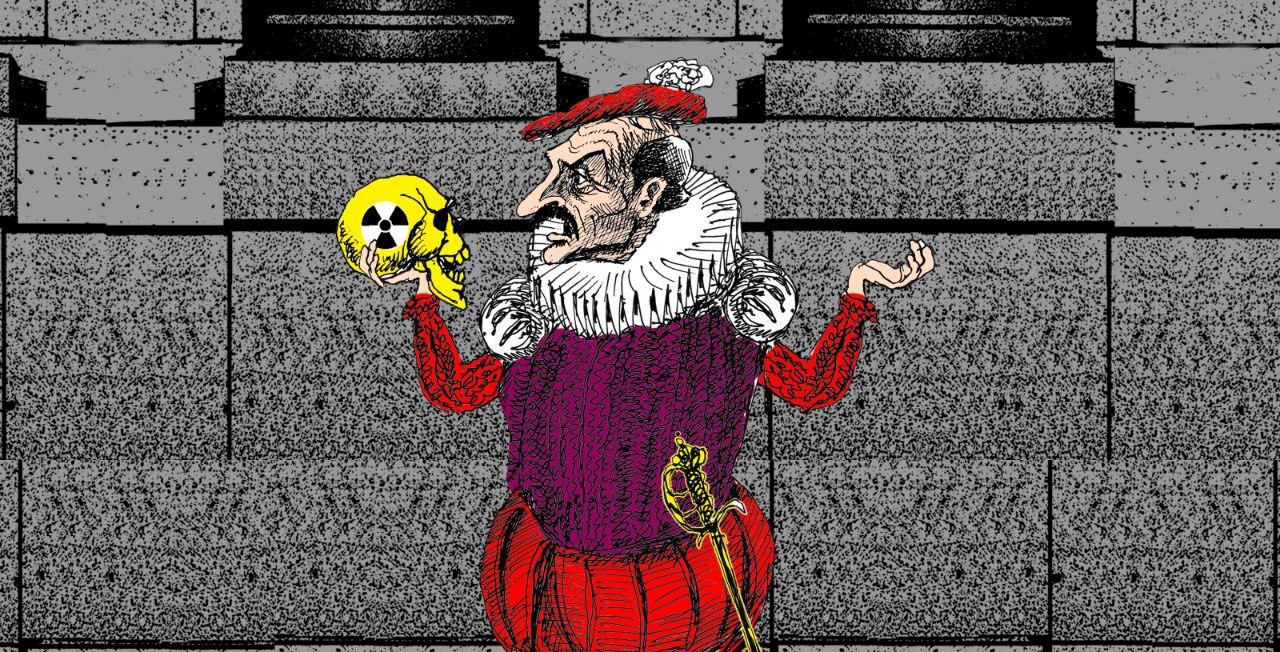New military doctrine places emphasis on nuclear weapons
 The situation got worse
The situation got worse

A new military doctrine is in the works, and it’s putting a spotlight on nuclear weapons. The draft includes plans for using tactical nuclear weapons if there’s military aggression against Belarus, setting the stage for both Russia and Belarus to employ these weapons against Ukraine and NATO if the Russian-Ukrainian conflict escalates.
On January 16, Lukashenkа chaired a Security Council meeting, delving into two strategic planning documents: the draft National Security Concept and the Military Doctrine of Belarus. Once the Security Council and the new Constitution give the nod, both documents will get the green light from the All-Belarusian People’s Assembly.
The new Military Doctrine acknowledges the significant shifts in the military-political situation around Belarus and updates the approach to modern military conflicts, recognizing military force as the primary factor in shaping interstate relations.
The list of military dangers covers the possibility of opponents using armed force against Belarus during peacetime and in the midst of a military-political crisis, which is currently a challenge on the southern and western borders. While provocations and armed actions themselves don’t constitute a full-blown military conflict, Minsk intends to respond with strategic deterrence measures, showcasing a high state of combat readiness. The main focus is on deterring and preventing military conflicts.
This doctrine considers interstate and coalition wars rather than localized or regional conflicts, with the potential for any conflict to span the entire territory of the country.
The emphasis is on the consolidation of the concept of an “interstate war,” asserting Belarus’s readiness to independently defend vital national interests. The concept of a “coalition war” involves achieving victory by using Belarusian troops alongside allies, introducing a chapter on allied obligations within the CSTO and the Union State into the Military Doctrine.
The new military doctrine clarifies that Belarus doesn’t label any nation as an enemy, regardless of government actions, but it does pinpoint the sources of military threats. Belarus expresses a keen interest in restoring the influence of international security organizations like the UN and OSCE, advocating for their effective role in preventing and resolving armed clashes. The draft doctrine also signals Belarus’s willingness to engage in military cooperation with any state, including NATO members, provided they halt aggressive rhetoric and actions.
The document outlines Belarus’s stance on the use of tactical nuclear weapons (TNW) stationed on its territory, considering TNW as a crucial part of preventive deterrence. The leadership believes TNW presence will discourage the shift of military operations to Belarusian territory by Ukraine and NATO if the Russian-Ukrainian conflict escalates.
Lukashenkа signed a decree establishing a protocol for using tactical nuclear weapons carriers, specifically the Iskander-M tactical missile system. This application requires Lukashenkа’s approval, involving the Minister of Defense and the Chief of the General Staff. While Russia maintains direct control over nuclear warheads, Belarus retains control over their delivery vehicles. This distribution allows the regime to participate in decisions regarding the use of tactical nuclear weapons, with Lukashenkа specifying that the condition for use is aggression against Belarus. In such instances, tactical nuclear weapons would target command and control centers, critical infrastructure, logistics hubs, and amassed enemy personnel and equipment.
Subscribe to our newsletter




Situation in Belarus
Constitutional referendum: main consequences


 Video
Video
How to count the political prisoners: are the new criteria needed?


 Video
Video
Paternalism In Decline, Belarusian Euroscepticism, And The Influence Of Russia


 Video
Video












